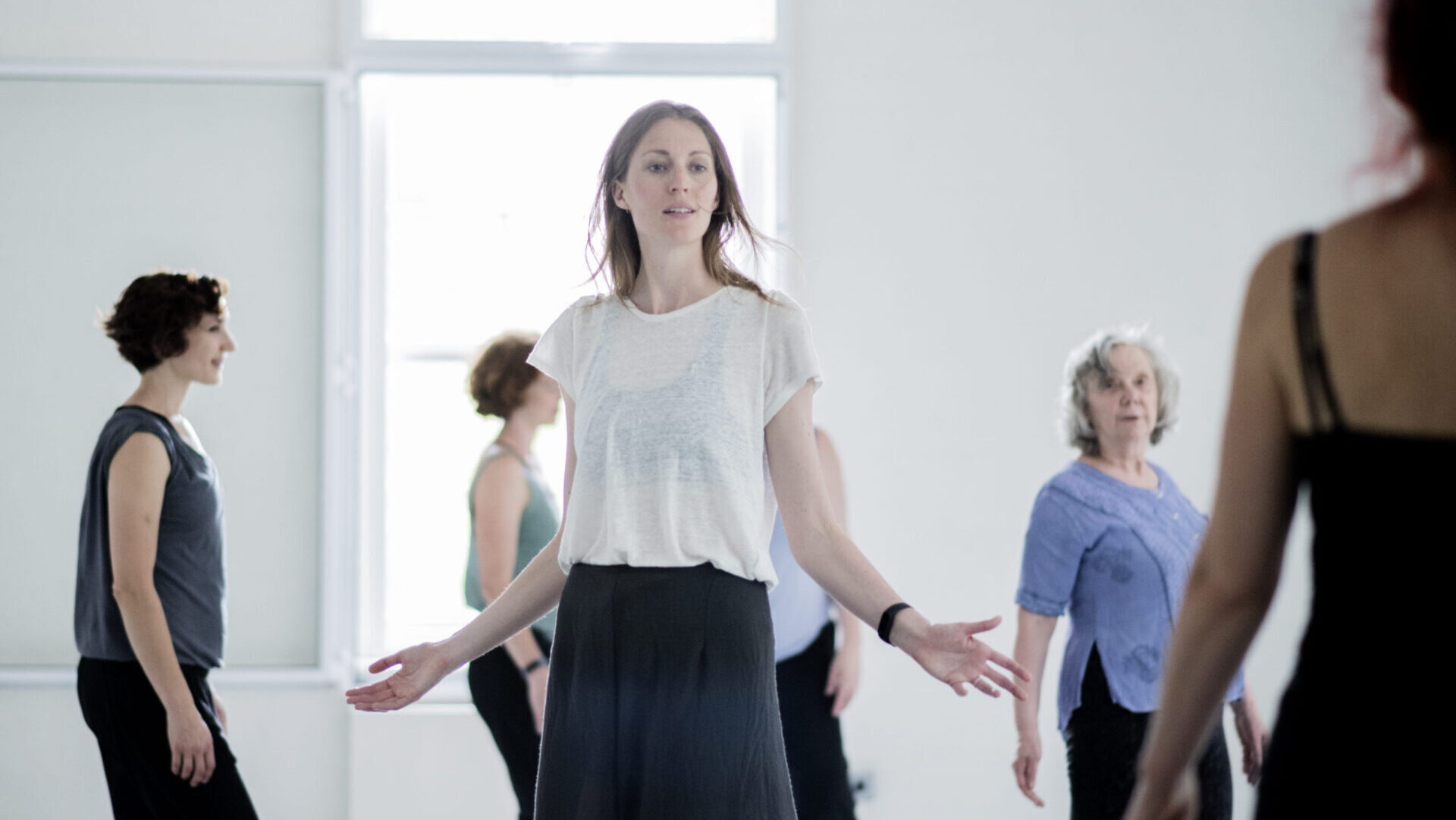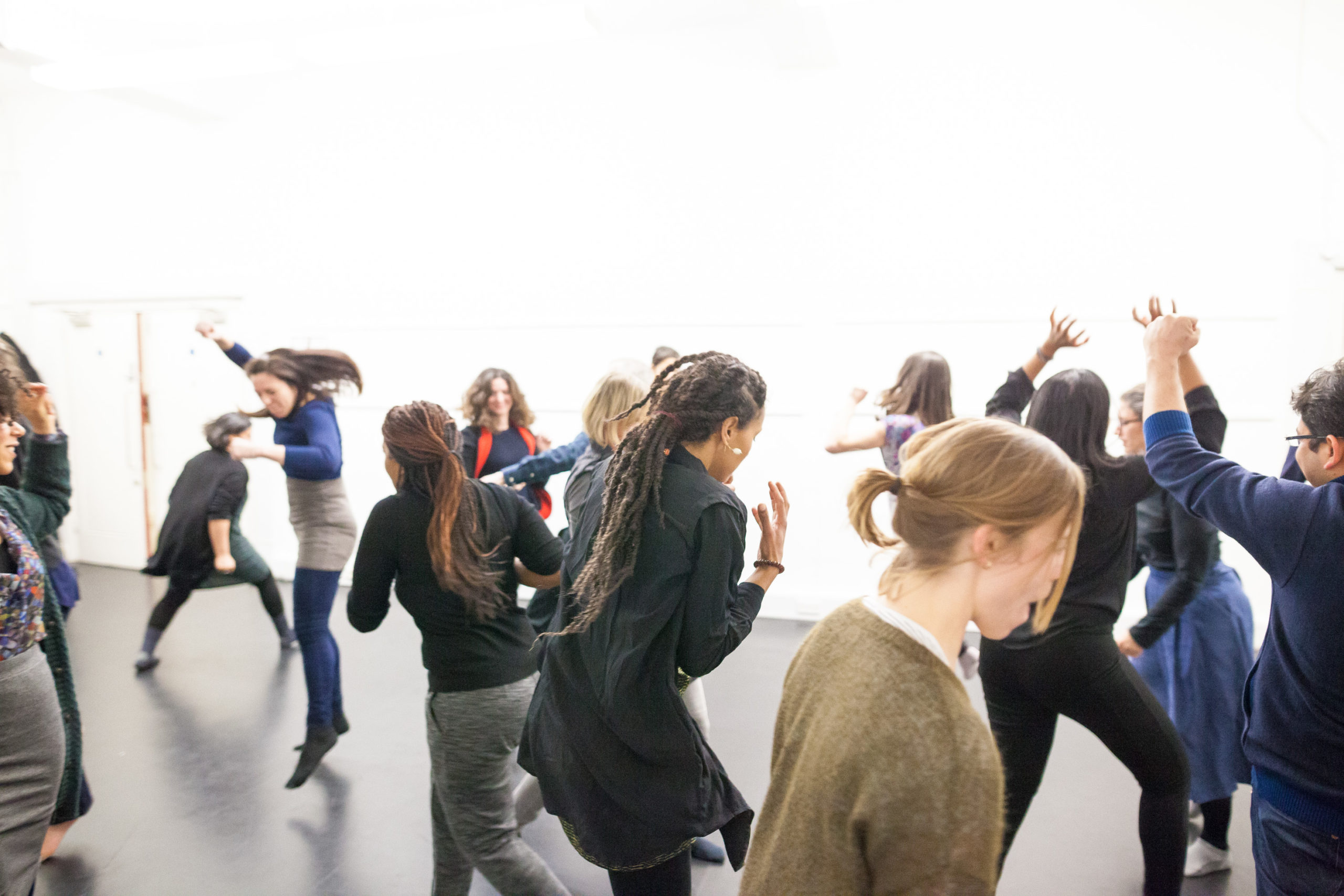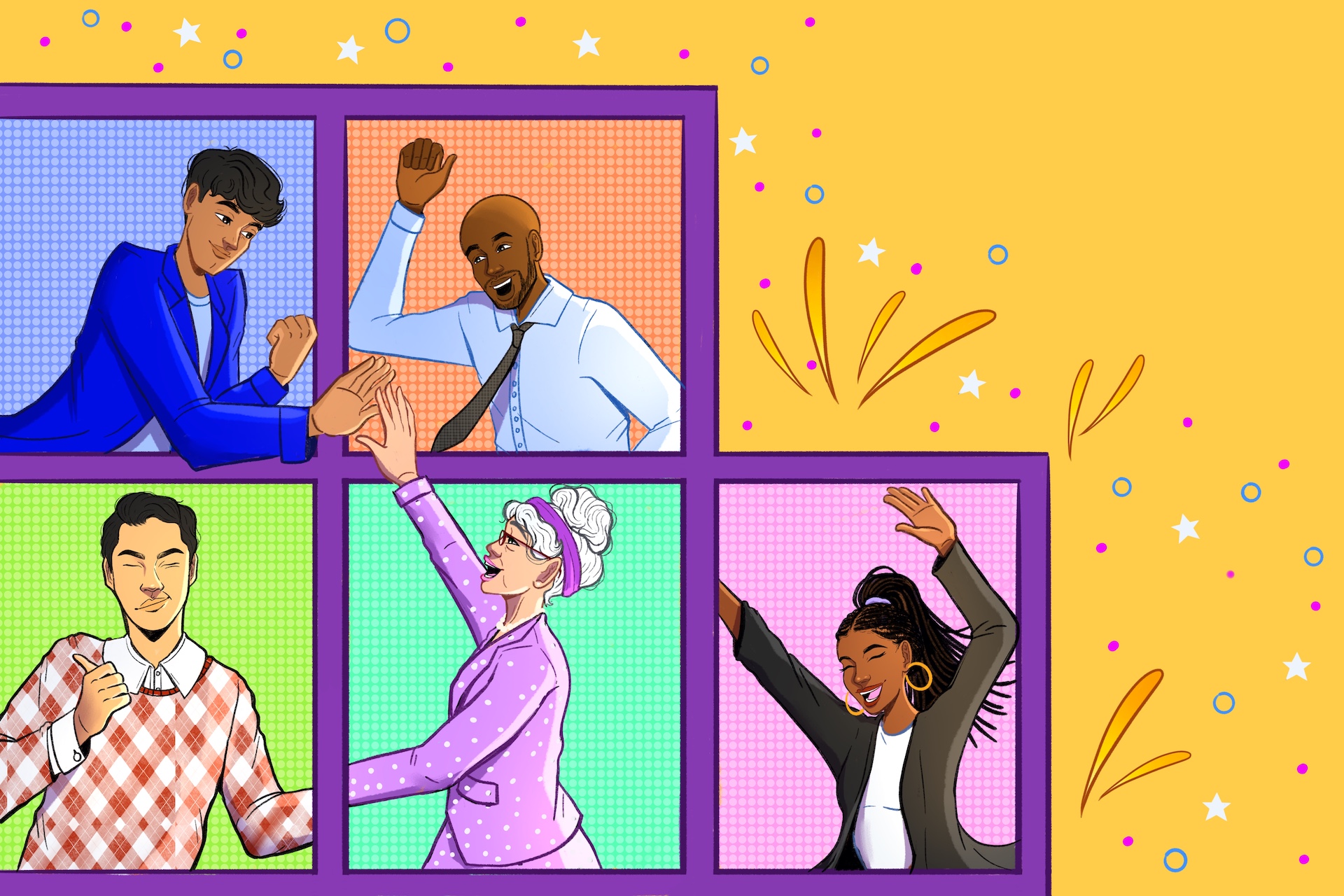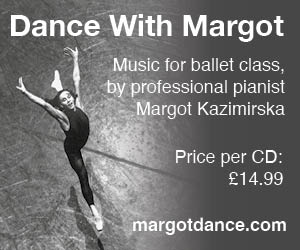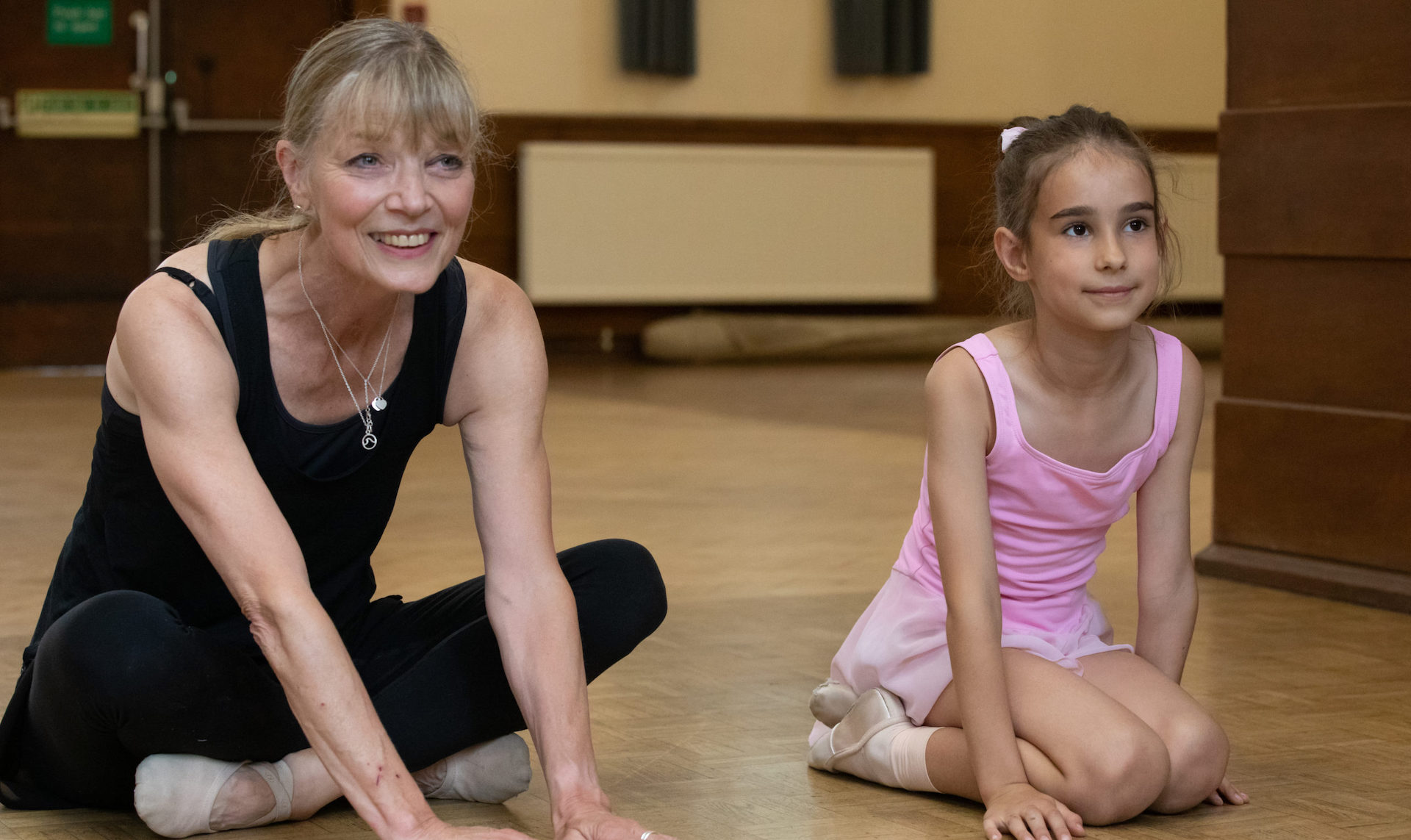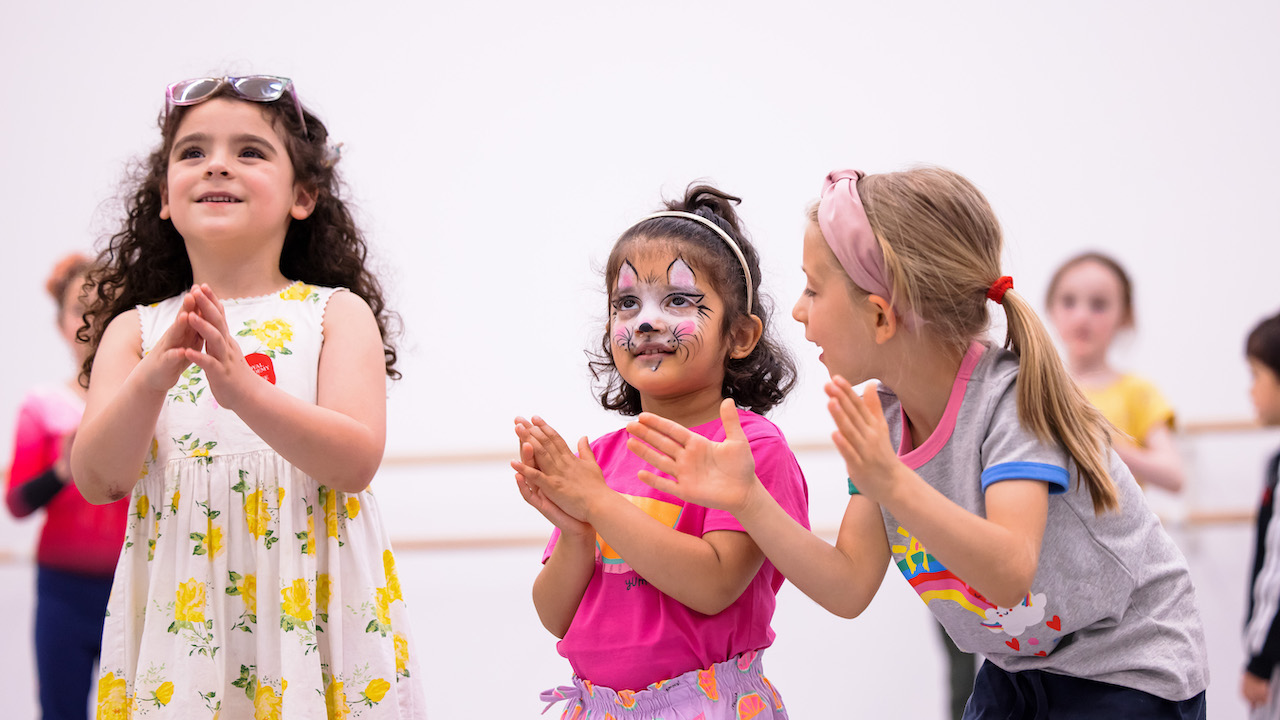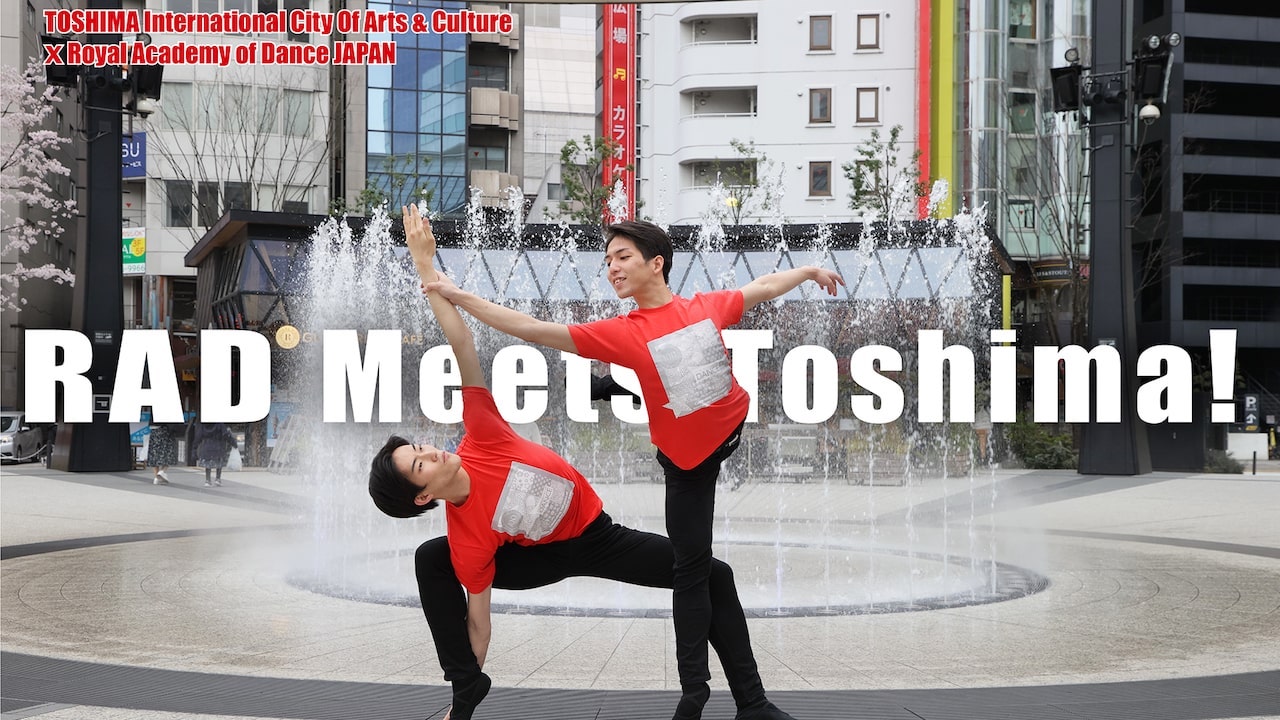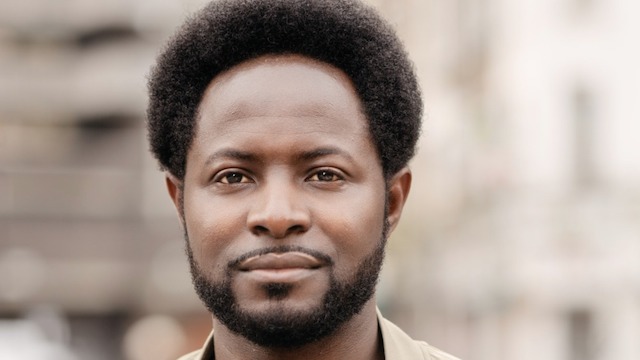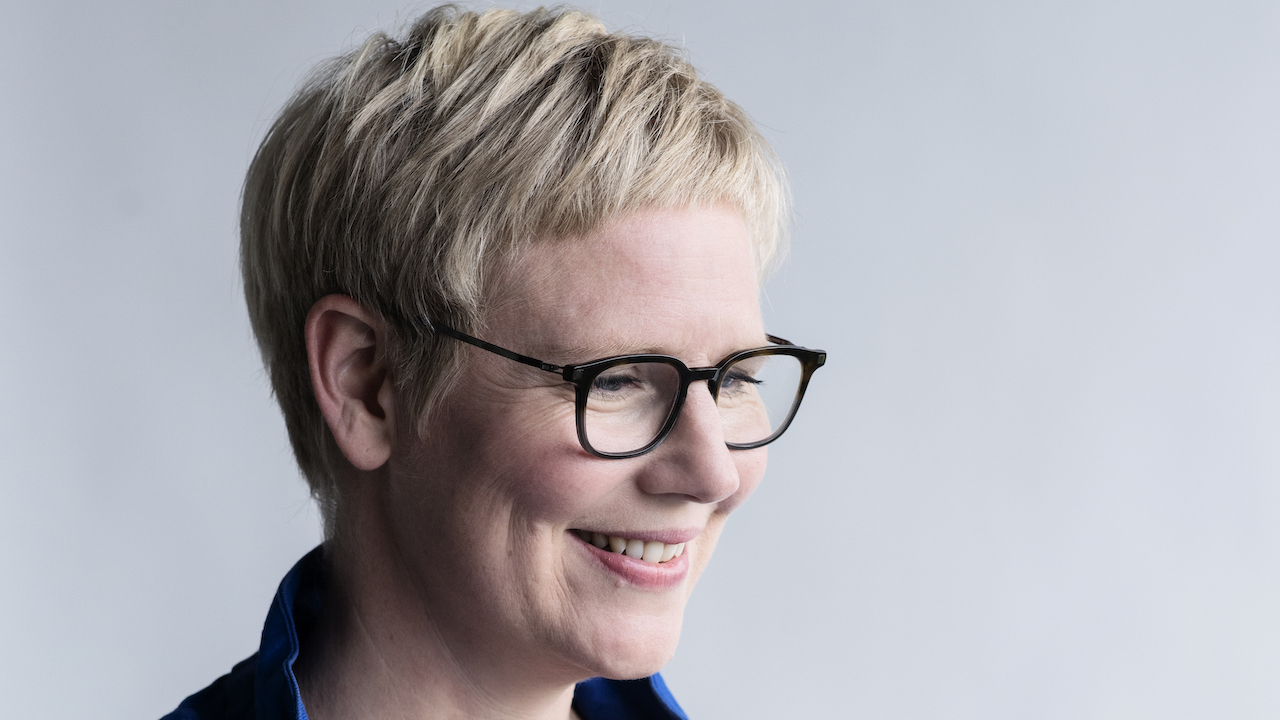Dance is good for us – that much we know to be true. Join a dance class as a non-professional and you can expect to feel the advantages of physical activity, endorphins and new friends.
Yet the actual benefits to mind and body from dance and movement-based activities go far beyond, and are much more specific than, a generalised boost to ‘wellbeing’. And this becomes particularly apparent when looking at what dance offers patients with a range of medical conditions and those who care for them.
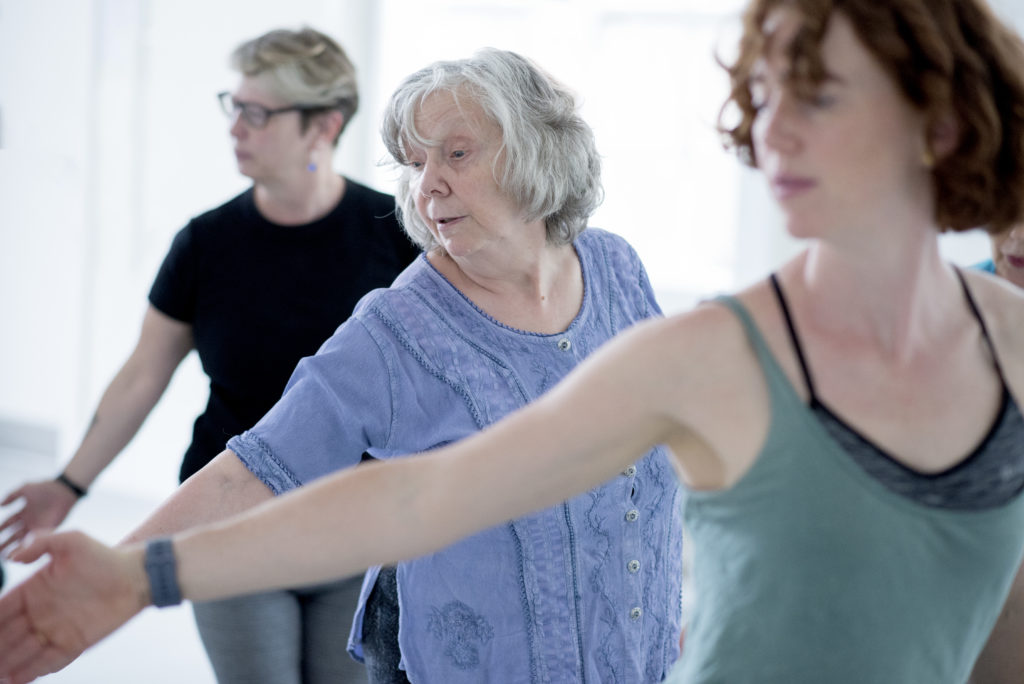
One of the UK’s best-established programmes for medical staff is Performing Medicine, established by Suzi Willson, co-founder of Clod Ensemble. Many of the company’s stage works reflect an interest in medicine and science, including pieces on the placebo effect (Placebo, 2018) or medical laboratories (Under Glass, 2007). Performing Medicine, however, grew out of Willson’s personal experiences visiting people in hospitals shortly after training. ‘I had just come back from the Jacques Lecoq theatre school and was spending quite a lot of time in hospitals with various friends and family members,’ she explains. ‘I realised that a lot of the actor training skills and dance skills I had learnt throughout my education could be really useful to healthcare professionals, because it seemed like their route through learning hadn’t taught them much about their own self-care or physical expression.’
Willson alighted on a specific aspect of the doctor-patient relationship that she believed dance could help improve: non-verbal communication. ‘Most people’s experience of being in a hospital is based around the space they are in, and the way other people are moving towards them, touching them and communicating with them,’ she says. ‘Dance has got so much to offer here.’

‘Healthcare professionals focus on other people’s bodies and forget about their own’
– Carly Annable-Coop
For the past 15 years, Performing Medicine has been embedded in the core curriculum at the Faculty of Medicine and Dentistry of Queen Mary University of London, while also delivering workshops to qualified healthcare practitioners. The subtleties of non-verbal communication remain a key focus, with students being taught to develop bodily awareness and understand the different qualities of touch, plus the chance to turn the microscope onto themselves. ‘Within medical education, healthcare professionals always focus on other people’s bodies,’ says Carly Annable-Coop, programme manager at Performing Medicine. ‘They often forget about their own bodies and stop having a curiosity about what it means to look and feel for themselves.’
The need to help those working in healthcare increased hugely during the Covid-19 pandemic and Performing Medicine saw how coronavirus brought new challenges. Willson recalls how, ‘right from the early days of the pandemic, people were really struggling with wearing PPE and the impacts of that in terms of communicating, plus just the exhaustion of wearing it for long periods of time.’
In response to a request from a doctor at University College London Hospitals, Performing Medicine developed a resource based on the expertise of performers used to wearing restrictive costumes on stage. The leaflet covers everything from preparation to body scan techniques, communication and being part of an identically dressed group. A similar resource dedicated to mask-wearing was also created.


Alongside this practical and targeted advice, Performing Medicine also helped healthcare workers develop self-compassion and self-care techniques, including calmness and reliance, through an extended programme based in Swansea. This more holistic approach to helping with the emotional pressures of the job is mirrored in the US-based project the Clinic. Founded by dancer and nurse Tara Rynders, the Clinic addresses ‘compassion fatigue’, where mental and physical exhaustion makes medical staff unable to respond empathically and compassionately to their patients. Contributing factors include being regularly exposed to other people’s grief and experiencing their own grief for patients.
Like Performing Medicine, the Clinic delivers both long term and one-off workshops. But it’s also created an immersive dance performance in a hospital setting for medical staff to watch. First, Do No Harm, made by Rynders with Jadd Tank and Lia Bonfilio, is performed by professional dancers. The choreography draws on Rynders’ background in gestural dance and naturalised movement – ‘I have a very broad definition of dance and think that everything is dance, whether you’re putting the thought “I’m dancing” into it, or it’s just happening naturally, like with our hearts beating,’ she says – and it takes place in found spaces in the same hospitals where the staff work.
Both the familiar location and naturalistic choreography help Rynders’ audience to connect with the performance. ‘I knew the audience wouldn’t be dancers or people who necessarily go to the arts all the time, so I wanted it to be something they could easily relate to,’ Rynders says. ‘I wanted to invite them back into their own space – the hospital – and then briefly shift it, all in a way that disrupted what normally happened there.’
First, Do No Harm looks at the experiences contributing to burnout and compassion fatigue: for example being overlooked, underappreciated or made to perform ‘behind the scenes’ roles. It also clicks into the philosophical aspect of caregiving work and ‘the idea that the depths of our grief can also be the depths of our joy.’ The notion of joy is precious to Rynders, who has lent on her own dance practice in times of personal struggle, and it is, at root, the reason she believes dance is infinitely useful to doctors and nurses. ‘In healthcare, we need to run to what brings us joy. For me, that’s dance and creating these spaces for joy, pleasure and beauty. Alongside that, we are human and we need safe spaces to cry and to reflect, and to remember the heart-to-heart things,’ she concludes.
‘In healthcare, we need to run to what brings us joy. For me, that’s dance’
– TaRa RynderS
The complex web of different benefits drawn from dance, from the practical to the mental to the physical, is likewise present in projects working with patients. Move Dance Feel, founded in Britain by Emily Jenkins in 2016, works with women with cancer and the long-term consequences of diagnoses, treatment, recovery and rehabilitation. ‘Long-term’ could here mean working with people who were diagnosed ten years ago but still experience anything from side-effects of drug treatment to feelings of disconnection from their bodies, which may have been radically altered by surgery.
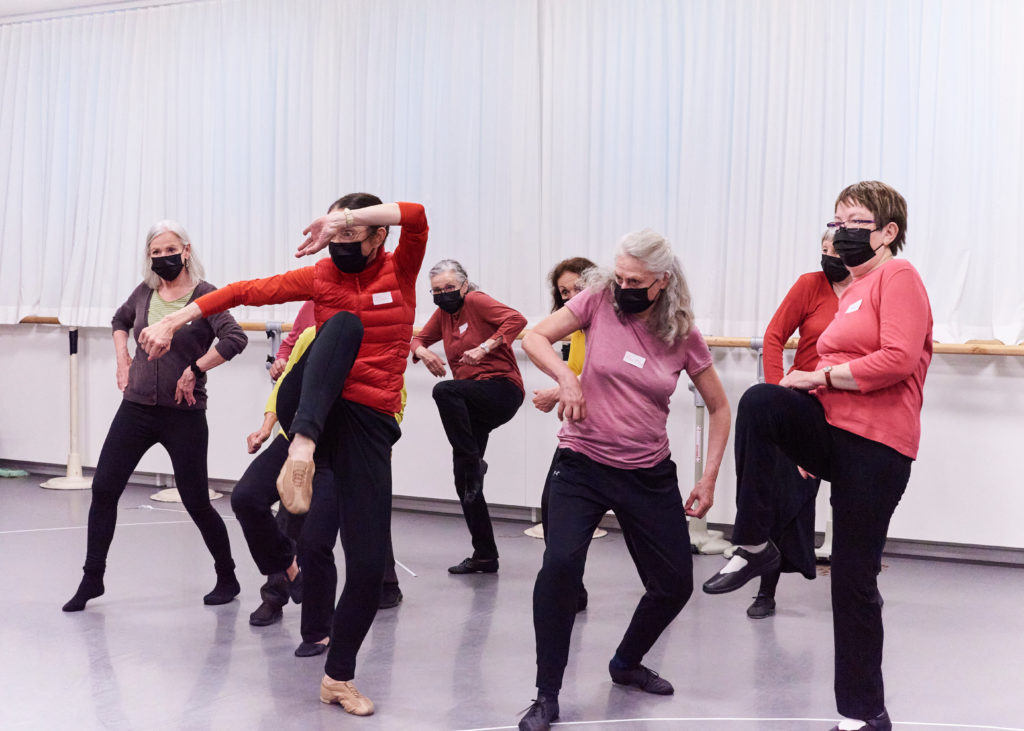
The techniques used in the dance sessions, whether in-person or online, respond to these experiences. Jenkins observed how many women arrived holding a lot of physical tension in their bodies. ‘There was a lot of numbing out and freezing, or people feeling scared to move their bodies. So we use breath, touch and imagery to just drop into the body a bit more,’ she says. ‘We also use techniques from contemporary dance like dropping to the floor and literal grounding techniques.’
Thus far, Move Dance Feel has gathered highly impressive results showing how dance leads to significant boosts to a person’s mood and fatigue levels. More than that, it also shows evidence of faster recovery times and lower relapse rates. Jenkins believes that in a situation where there is almost too much for the mind to process intellectually, working through the body can be very therapeutic.
Delivering such outcomes relies on the expertise of the teachers leading the classes. Dance teacher, academic and author, Clare Guss-West leads the International Association of Dance Medicine and Science, and formerly worked on the RAD’s Dance for Lifelong Wellbeing project. Her extensive body of work includes teaching older non-professionals in Switzerland who often have a range of different medical conditions and symptoms associated with older age, such as the onset of Parkinson’s or dementia, arthritis, vertigo, and vision and hearing loss. She also teaches courses in France and Switzerland, instructing dance teachers in how to work with older people. ‘One of the specialisms I teach is based on 25 years of sports science research into how we use language to guide the attention of the learner,’ she explains. ‘When we guide using images or artistic aspects like music, we facilitate movement for the learner and the capacity to learn is increased by about 50%, just by teachers changing our language.’
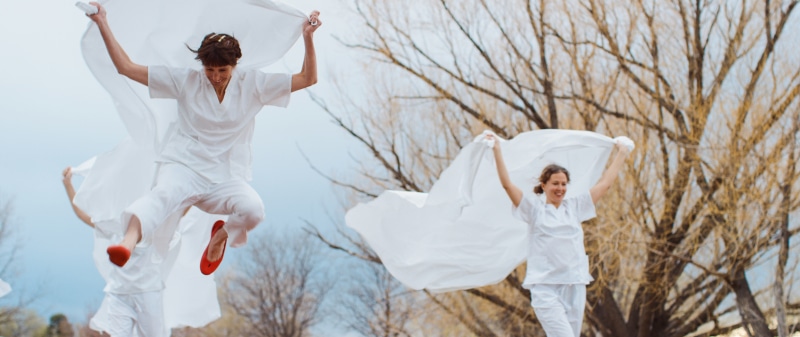
‘I’m asking what creativity brings: confidence and risk-taking at a neurological level’
– Clare Guss-West

Within the academic circles Guss-West moves in there is a lot of respect for and understanding of the benefits of dance, especially in neurological fields. However, she believes that the general perception of dance and its applications is often simplistic and tends to focus on the basic physical gains. ‘There’s a lack of understanding of the incredible wealth [of benefits] dance can bring. So I promote what dance is beyond physical activity. It’s about asking what creativity brings to self and self-validation, and therefore confidence, risk-taking and autonomy at a neurological level. It’s about the three-dimensionality of dance.’
All of which is good for our health and good for the health of those who care for us.
WATCH
Rosemary Waugh is an art and performance critic who writes for publications including The i, New Statesman, Art UK and The Stage.

